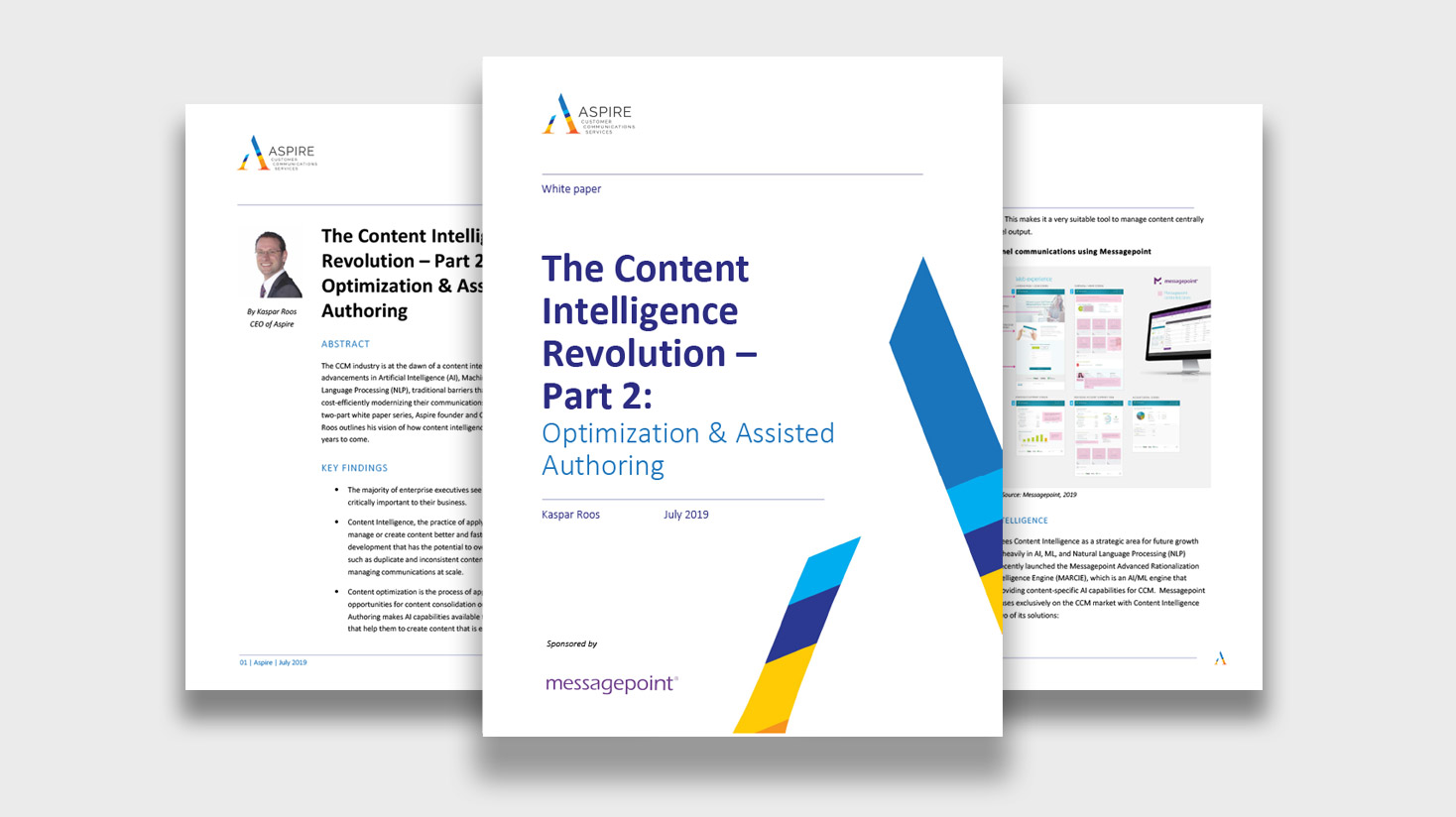
Your company’s brand is an asset with value and worth. Leading companies go to great lengths to define and nurture their brand.
But a brand is a nebulous thing. It is commonly defined as “who you are in the eyes of consumers” – essentially, “who consumers perceive you to be”. Based on this definition, your brand can vary from person to person based on their experience engaging with you.
Marketing, customer servicing, your products, and operations all influence and shape that brand perception. Driving consistency across every interaction, with every consumer, across every stage of the customer journey consistently reinforces the brand and can increase customer loyalty. This effort can be broad and encompassing, but there are a few easy-to-control basics.
Most companies define their visual brand identity in a style guide – specifying corporate fonts, colors, logos, imagery, approved or banned terms, language use and the like. For customer servicing communications, document templates are then created, based on the style guide, to ensure a consistent look and feel across each and every touchpoint.
While deploying a consistent brand identity across the customer journey was once a complex task, involving different templates, for different applications, for different teams, modern customer communication management (CCM) solutions make it easy.
In Messagepoint, for example, all content is centralized in an intelligent hub and standards around approved brand names, terms, language can be enforced through the built-in AI-powered Content Intelligence engine that looks for outliers. This is enabled by creating a Brand Profile to control the use of restricted terms, spaces, contractions, sentence length, and much more. Messagepoint will flag any Brand Profile violations, so you can take action to ensure consistency and uniformity across your inventory of communications.
Groups of communications, such as customer mortgage letters or emails can leverage a single, standardized, shared template to ensure continuity across the body of communications. Not only does template sharing significantly reduce creation maintenance and update work, it ensures consistency and continuity. This is enabled through what we call variation management that enables a master touchpoint to pass down layout and content to its variants. An email master touchpoint would share a basic framework to all its variants and sub-variants to drive continuity across a set of customer servicing communications. Business users can also quickly create variations of the master communication (in this case a correspondence via email) to streamline authoring processes.
Content sharing capabilities also provide a single point of change through what we call SmartText™. SmartText is a shared content object which can be a graphic, a block of content, or a snippet of content within a block. So if your logo, a URL or operating hours change, you can make a single change to content object and the update is dynamically applied across every channel and communication variation using it – making it quick and easy to maintain a consistent look and feel across touchpoints.
The use of consistent messaging is equally as important for strengthening your brand. Prevailing wisdom tells us to define good messaging and stick with it. Some cite the 14 times rule, but the general takeaway is that consumers remember a statement, and are more likely to believe it, after being exposed to it somewhere between 7 and 20 times. So, it’s important to use consistent wording to address your audience, describe your business, products, and services, to use common ways of telling your customers how to get in touch and how you can help them solve their problems.
As mentioned previously, Messagepoint lets you share content (graphics, content snippets, phone number, salutation, URL, sentences, paragraphs) across communications and across channels. This can ensure consistency to not only build comfort and reliability in your customer’s eyes but also help get your message across.
The use of AI also provides new and powerful ways to strengthen your brand by assessing “what you say” and “how you say it”. Forrester has written extensively on the science of branding and the role emotion plays in decision making. Is your brand friendly, fun, sophisticated, or serious? Do the words you use reinforce that brand identity?
Messagepoint’s AI-powered Content Intelligence engine assesses the sentiment and reading level reflected in your content. This is something that is critically important. The right reading levels ensure your customers will be able to understand your communications. The right sentiment can make the difference in making a customer for life and helping to build loyalty.
Modern CCM technologies offer powerful capabilities for strengthening your brand, deploying it consistently, and better engaging your customers. With automation and AI, delivering a consistent brand across touchpoints is no longer just an aspiration – it is easier than ever.
Contact us to learn more, read a case study, and see a demo.

Sentiment analysis, in its simplest terms, is a technique for measuring how customers respond to a product, service,…
Read the Article
Creating and managing content is no easy task, particularly when many individuals and groups across an organization create…
Read the Article
The Content Intelligence Revolution – Part 2: Optimization & Assisted Authoring The CCM industry is at the…
Read the whitepaper